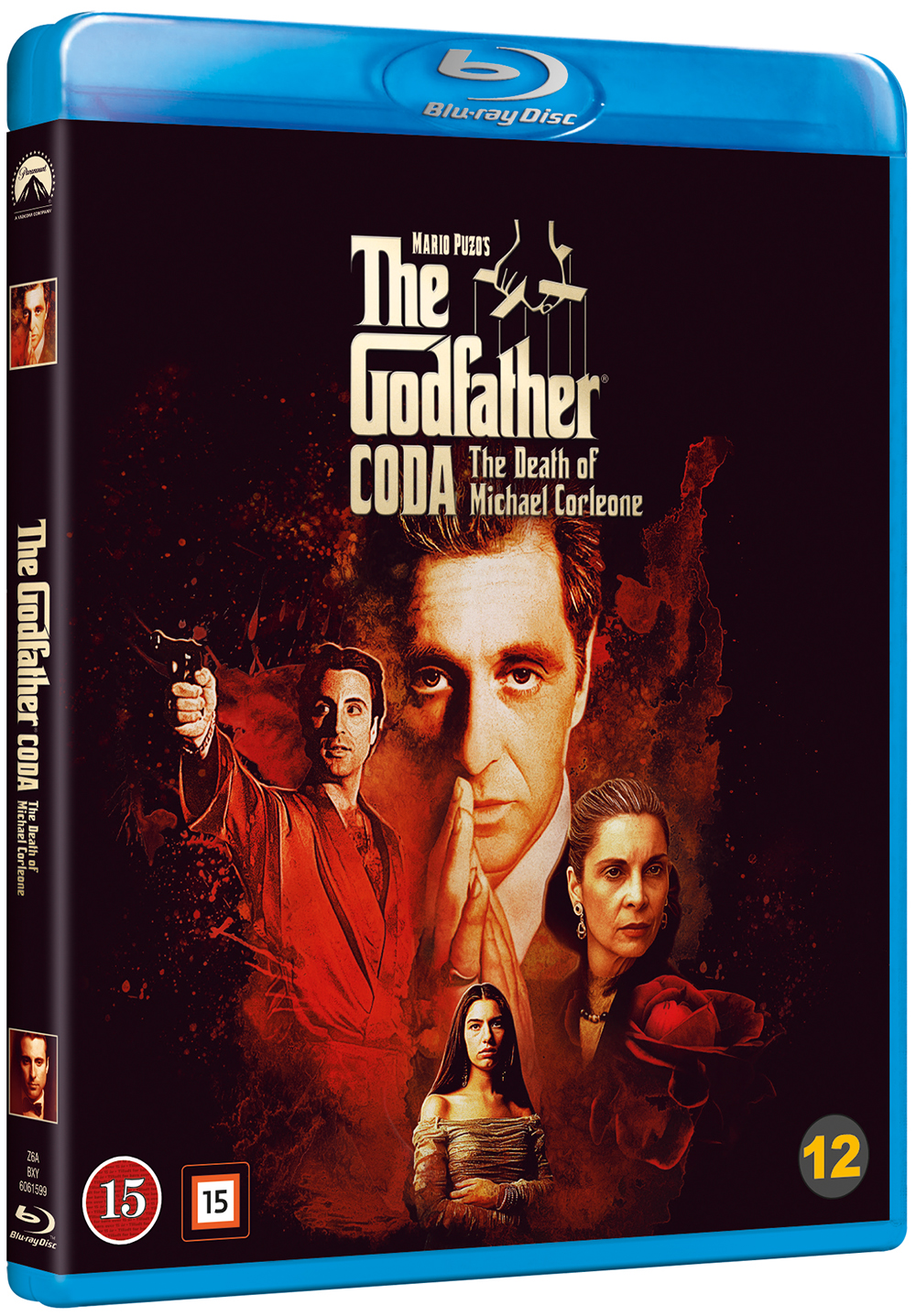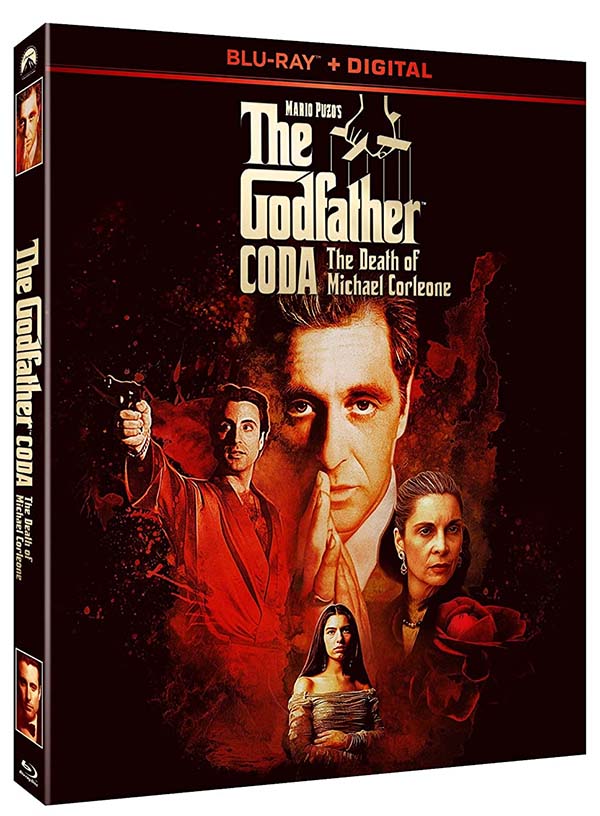

No movie ever had “Part II” in the title before, a renegade concept added at the behest of Coppola. 2 behind “Citizen Kane”), it garnered 11 Academy Award nominations, taking home three: adapted screenplay, picture, and actor for Marlon Brando’s performance as Don Vito Corleone. Largely considered among the best movies of all time (the American Film Institute ranked it No. The drama became the highest-grossing film of the year and, at that point, ever. “Francis Ford Coppola has made one of the most brutal and moving chronicles of American life ever designed within the limits of popular entertainment,” Vincent Canby, the New York Times chief film critic, raved when the film was released in 1972.

The overarching theme of forgiveness and expiation for Michael is also introduced in the dialogue, setting the focus of The Godfather Coda from the get-go.Based on the runaway best seller written by Mario Puzo (it was the first paperback to ever sell six million copies), the movie that changed both filmmaking and perceptions of gangster culture was an instant hit. Moreover, the placement of this scene also brings greater clarity to Michael’s psyche, and the inner workings of his mind, when he demands a controlling interest in Immobiliare conglomerate. The omission of certain introductory scenes effectively eliminates unnecessary narrative baggage, as they only served to alienate audiences further in the theatrical cut. The placement of this particular scene in the opening provides a solid foundation to the new cut, as everything that follows seems to seamlessly spring forth naturally from this interesting exchange. The Godfather Coda opens with an entreaty from the archbishop, a scene which appeared in the original at around the 40-minute mark. The lavish celebrations that follow serve to establish key dynamics within the Corleone family, and the key plot circling Vincent Mancini (Andy Garcia). The Godfather Part III opens with Michael’s (Al Pacino) abandoned Lake Tahoe vegas compound and the presence of Mary (Sofia Coppola) and Tony (Franc D’Ambrosio) in the papal commendation ceremony. The first words that greet audiences in The Godfather Coda are: “ Don Corleone, I need your help.” This mirrors the iconic opening of The Godfather, wherein Don Corleone (Marlon Brando) is greeted by Amerigo Bonasera. This is not Coppola’s first attempt to tinker with The Godfather Part III, as the film’s home video release added an 8-minute exposition to the theatrical cut, which failed to add clarity to the convoluted plot involving the Vatican Bank and the Immobiliare conglomerate. Instead, with the aid of nuanced editing, Coppola is able to bring about a significant tonal shift to The Godfather Trilogy, imbuing with a sense of purpose and finality that was missing in the original film. The Godfather, Coda: The Death of Michael Corleone does not make drastic changes to the original narrative. Coppola is no stranger to refurbishing his oeuvre, his most recent effort being the Apocalypse Now: Final Cut, which serves to improve upon his narratively bloated Redux cut. The Godfather Part III has always been deemed a controversial addition to the masterful saga, owing to the fact that it concludes the trilogy, not with a bang, but a whimper. Here’s every change made to Francis Ford Coppola’s The Godfather Part III in his recently-released cut, titled The Godfather, Coda: The Death of Michael Corleone.


 0 kommentar(er)
0 kommentar(er)
